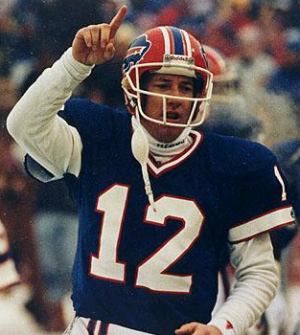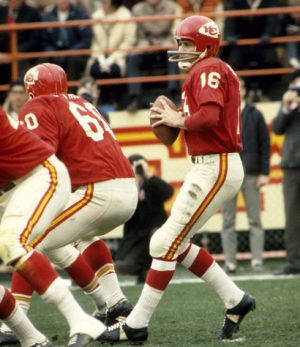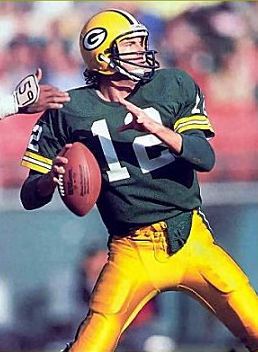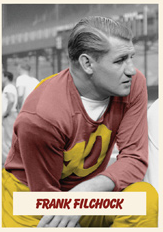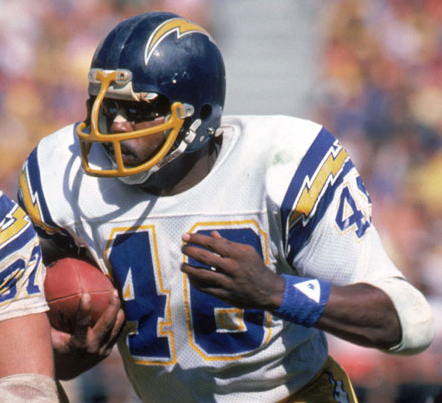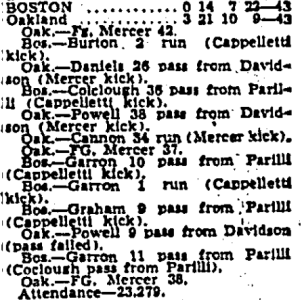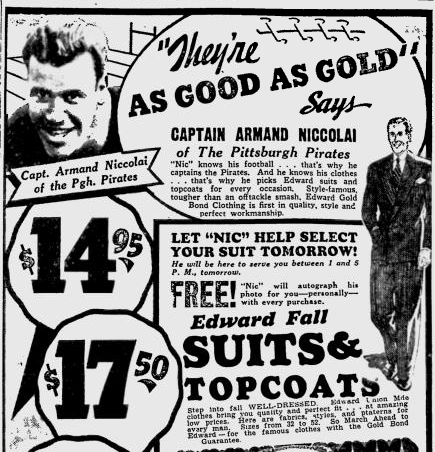Spent the morning digging up some statistical stuff on Tom Brady and Peyton Manning, who bump facemasks again Sunday in Foxborough. There sure is plenty of stuff to dig up. Combined, these guys have completed passes for 67 miles, 386 yards. Just as a frame of reference: A marathon is 26 miles, 385 yards.
You know how they say that if a couple is married long enough, they start to look alike? Well, in their 30s, Brady and Manning have become practically the same quarterback. Take a look at their numbers since turning the Big Three-O:
BRADY AND MANNING IN THEIR 30S (REGULAR SEASON ONLY)
[table]
,Years,Win%,Att,Comp,Pct,Yds,TD,Int,Y/A,Rating
Brady, 2007-14,.800,3\,803,2\,463,64.8,29\,644,230,58,7.79,102.3
Manning, 2006-14,.782,4\,371,2\,937,67.2,33\,909,269,92,7.76,102.1
[/table]
Those, by the way, are the two highest ratings in NFL history for QBs in their thirties (minimum: 1000 attempts).
Anyway, we’re talking about a difference of 2/10 of a ratings point. Not even worth discussing. Manning turned 30 a year earlier, so that explains why some of his gross numbers are higher. (Yes, he missed the 2011 season with an injury, but Brady’s 2008 was a virtual washout, too.)
What sticks out most to me about these stats is that Manning has thrown 39 more touchdown passes and Brady 34 fewer interceptions. The kind of confirms what I’ve always thought about Tom: not only is he great at winning games, he’s great at not losing them. He’s like the football version of Cy Young — a ton of wins, not many walks.
Which makes Manning, who, Walter Johnson? Maybe. Johnson’s strikeout totals in an era of contact hitting were as awe inspiring as Manning’s numbers in an era of profuse passing. (And Walter, let’s not forget, won three World Series games — his only three Series victories — at the ages of 36 and 37. Translation: Like Peyton, he was good as a geezer.)
Perhaps the greatest blessing, though — for fans, at least — is that Brady and Manning have gone up against each other so many times. This is their sixtee– . . . on second thought, let me rephrase that. For a matchup this momentous, you have to wheel out the Roman numerals. It’s not their 16th meeting, it’s Brady-Manning XVI (followed by a clash of cymbals).
(Of course, they wheeled out the Roman numerals for Rocky V, too, but this is different. For one thing, nobody’s pulling any punches.)
Speaking of boxing, you think of Jake LaMotta’s old line when you think of Brady-Manning. “I fought Sugar Ray Robinson so often,” Jake liked to say, “I almost got diabetes.” For Tom and Peyton it’s been much the same. They were matching spirals when they were in their early 20s, and they’re still matching them in their late 30s.
In fact, it’s almost mathematically impossible that they’ve intersected this often. They were, after all, in the same division for only one season (2001). The rest of the time, they’ve tended cross paths because of the NFL’s scheduling philosophy of pitting division champions against division champions. Tom’s Patriots (almost) always win the AFC East, and Peyton’s Colts and Broncos have (almost) always been champs of the AFC South and West. This, happily, has put them on a collision course their entire careers.
And now we’re getting ready for Brady-Manning XVI. Do you realize how rare that is? I could find only five other instances of a pair of Hall of Fame quarterbacks meeting even 10 times. The
details:
● Dan Marino vs. Jim Kelly, 1986-96. Meetings: 21. Edge: Kelly, 14-7 (2-0 in the playoffs).
● Johnny Unitas vs. Bart Starr, 1957-70. Meetings: 17. Edge: Unitas, 9-8 (no playoff games). Funny thing is, they would have met in the ’65 Western Conference playoff, but Johnny was out with an injury and Bart got hurt early in the game.
● Brady vs. Manning, 2001-13. Meetings: 15. Edge: Brady, 10-5 (2-2 in playoffs).
● Sammy Baugh vs. Sid Luckman, 1940-50. Meetings: 11. Edge: Luckman, 7-4 (2-1 in playoffs).
● Joe Namath vs. Len Dawson, 1965-75. Meetings: 10. Edge: Dawson, 7-3 (1-0 in playoffs).
● Len Dawson vs. George Blanda, 1962-66. Meetings: 10. Edge: Dawson, 7-3 (no playoff games).
Caveat: There might have been a couple of others in the ’50s, when Bobby Layne (Lions), Norm Van Brocklin (Rams) and Y.A. Tittle (49ers) were in the same conference and played twice a year. Unfortunately, pro-football-reference.com’s database have individual game statistics for those seasons. (I finessed Baugh-Luckman — and the early years of Unitas-Starr — other ways.)
About the only shortcoming of the Brady-Manning rivalry — if you want to nitpick — is that they’ve always been in the AFC, so they’ve never squared off in a Super Bowl. Baugh and Luckman met three times in the NFL title game (1940, ’42 and ’43). So did Layne and the Browns’ Otto Graham (1952-54). Tom and Peyton have met three times for the conference championship, though (2003, ’06, ’13), and they might not be done.
Tom Brady vs. Peyton Manning. It never gets old — mainly because, in defiance of medical science, they don’t.
Source: pro-football-reference.com, Baltimore Sun archives.

